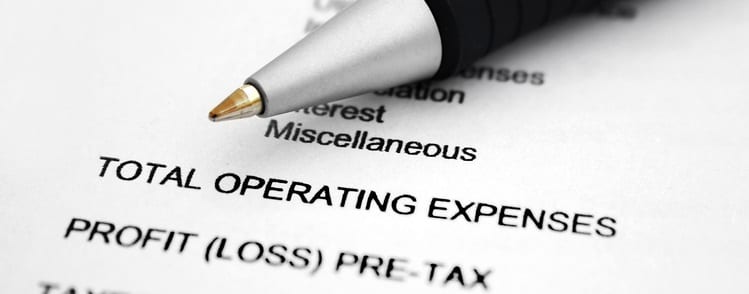


Operating Expense vs Non-Operating Expense That’s why operating expenses are so closely related to the profitability of your business: the higher the operating expenses, the less profit the business makes. Its goal is to show you how much profit the business has generated. The income statement, or commonly recognized as the profit and loss statement, reports the revenue and expenses a business has made for the entire year. Some of the most common types of operating expenses include employee payroll, rent, marketing fees, accounting fees, supplies, utilities, and so on.Īfter being recorded as journal entries, these expenditures are transferred to the income statement at the end of the accounting period, which corresponds to the end of the fiscal year. These expenses are also known as Selling, General, & Administrative Expenses (SG&A).Īs a rule of thumb, operating or SG&A expenses include all operating costs of a business, besides those related to the direct production of goods and capital expenditures. Operating expenses (or OPEX for short), are expenses a business makes in its regular day-to-day activities.
#Operating expenses software
Automate Expenses with Accounting Software.In this guide, we will be covering exactly how that can be done, along with everything else you need to know about operating expenses for small businesses. When you’re a small business owner, it’s your responsibility to determine and calculate the operating expenses that your business needs in order to run efficiently. As the name suggests, operating expenses are expenditures needed for running a firm’s day-to-day operations. Operating expenses are a crucial element of the income statement.


 0 kommentar(er)
0 kommentar(er)
